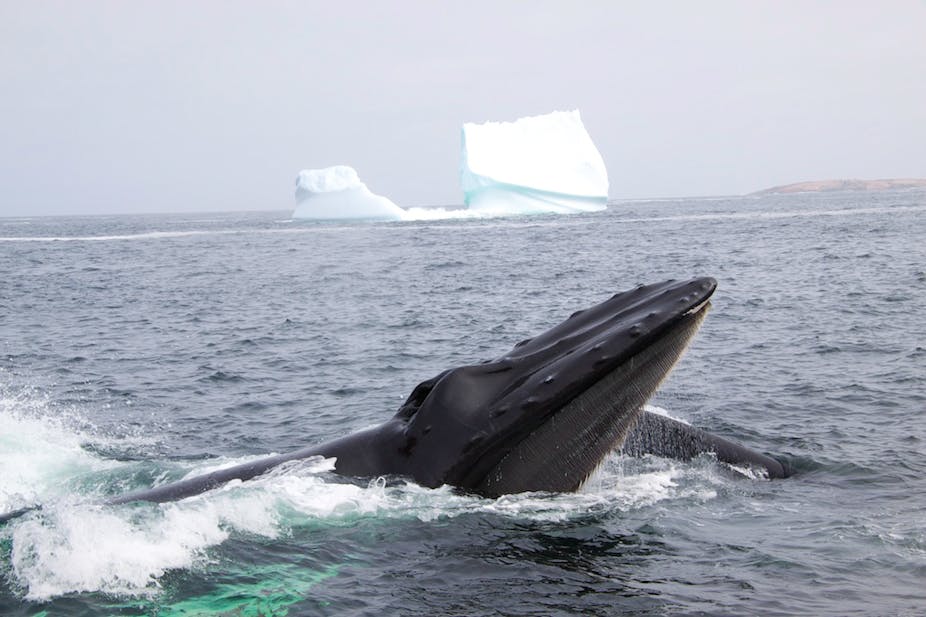Proceedings have just begun in the International Court of Justice in The Hague, where Australia is contesting the legality of Japan’s annual Southern Ocean whale hunt. A decision is expected early next year.
In 2007 the Rudd Government pledged to explore international legal options to halt Japan’s conduct of its JARPA II whaling program in the Southern Ocean. After exhausting diplomatic initiatives, Australia announced in 2010 that it would commence legal proceedings against Japan in the International Court, the highest court in the international legal system.
Australia and Japan have now lodged their written submissions and dates have been set for the round of oral submissions. The hearings commence on 26 June and run until 16 July, during which both countries will make their primary arguments, followed by a short reply.
New Zealand announced in late 2012 that it wished to intervene in the proceedings; the court allowed this in February. While New Zealand will not technically be appearing alongside Australia it will be making arguments in support of Australia’s case.
The principal legal issues for consideration by the International Court revolve around whether Japan’s conduct of JARPA II is contrary to the International Convention for the Regulation of Whaling. When the Convention was concluded in 1946 it was designed to promote whaling, but has evolved over time to take on much more of a conservation focus. This culminated in the adoption in 1985 of a moratorium on all commercial whaling.
Since then only very small scale indigenous whaling has been permissible, in addition to co-called “scientific research” whaling. It has been under the banner of scientific research that Japan has conducted successive whaling programs in the Southern Ocean under JARPA (1987-2004) and JARPAII (2005-2013).
Australia alleges that curing JARPA, Japan took as many as 6,800 whales in the Southern Ocean or 400 per season. JARPAII provides for the take of minke, fin and humpback whales, of which the quota for minke whales is as high as 935 per season. Australia is now asserting that Japan has taken over 10,000 whales combined under JAPRA and JARPA II.
Australia, along with a number of pro-conservation whaling nations, was a longstanding critic of Japan’s JARPA-sanctioned whaling. But it was the commencement of JARPAII that really raised the diplomatic and legal stakes. There had been long-running suspicions that Japan was using the cover of Article 8 of the Whaling Convention to legitimise its activities as “scientific” rather than “commercial” whaling. But the very significant rise in numbers of minke whales that Japan proposed to take under JARPAII tipped the scales in favour of a legal argument that Japan was really undertaking commercial whaling, in violation of the Convention. That fin whales were a threatened species and humpback whales endangered, further added to the legal argument.
Australia’s legal case before the International Court primarily focusses on a claim that Japan is conducting commercial whaling in the Southern Ocean in breach of the Convention’s moratorium. Australia will also argue that Japan’s conduct violates the ban on commercial whaling in the International Whaling Commission-sanctioned “Southern Ocean Whale Sanctuary”.
Australia will also assert that Japan’s conduct of JARPAII cannot be justified as legitimate “scientific research” for the purposes of Article VIII of the Whaling Convention. Australia will make supplementary legal argument that aspects of Japan’s conduct are also contrary to the 1973 Convention on the International Trade of Endangered Species and the 1992 Convention on Biological Diversity.
Japan’s legal response has not yet been fully revealed, other than that it will contest the jurisdiction of the International Court to be able to rule on this dispute. This is a legal argument that is often made in cases before the Court, so Australia would have anticipated and prepared accordingly.
It can also be anticipated that Japan will assert JARPAII is being conducted consistently with the Whaling Convention and that it is undertaking legitimate scientific research. This legal argument will most likely see the introduction of considerable evidence by Japan seeking to justify the “scientific” nature of JARPAII.
This case will not deal with Australian law but instead focus solely on international law. The case will also not deal with any of Japan’s ongoing complaints over the protest activities of the Sea Shepherd Conservation Society, and in particular its founder Paul Watson. These are currently the subject of an INTERPOL Red Notice and separate US legal proceedings.
The International Court has a bench of 16 judges to hear and decide this case. On average the court hands down its decisions within six months. On that timetable a ruling could be delivered during the middle of the next whaling season. Australia will more than likely bring this to the court’s attention and ask for a decision as soon as possible. However, this case is a complex one which raises novel legal issues not previously considered by any international court. More than likely a decision by early 2014 is the best that Australia could expect.

